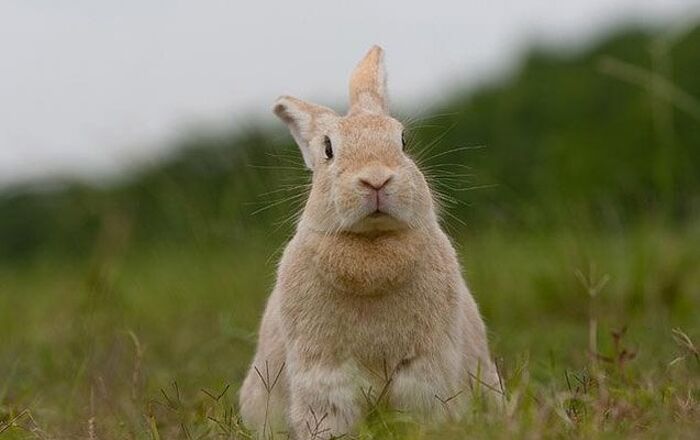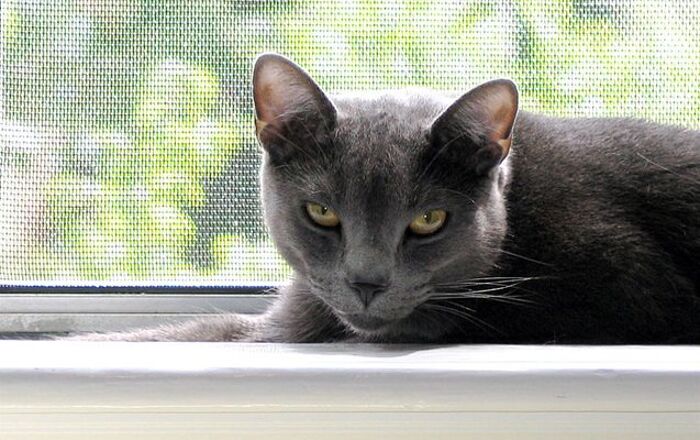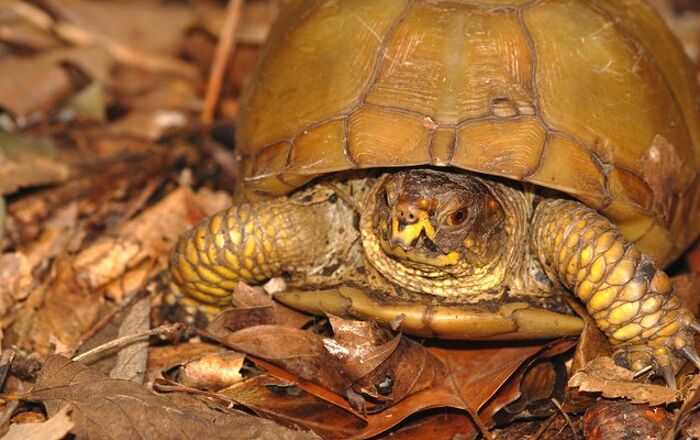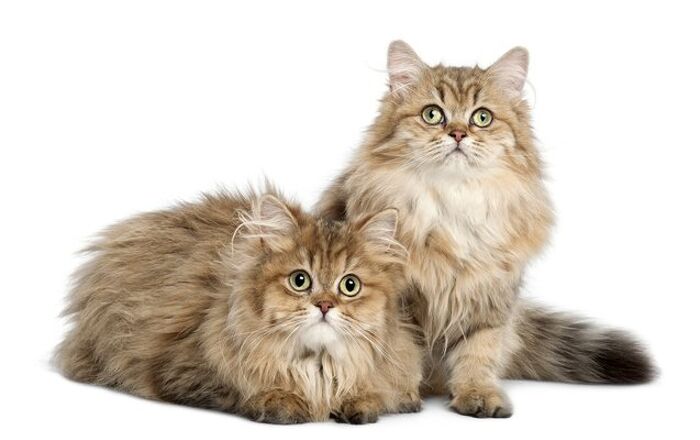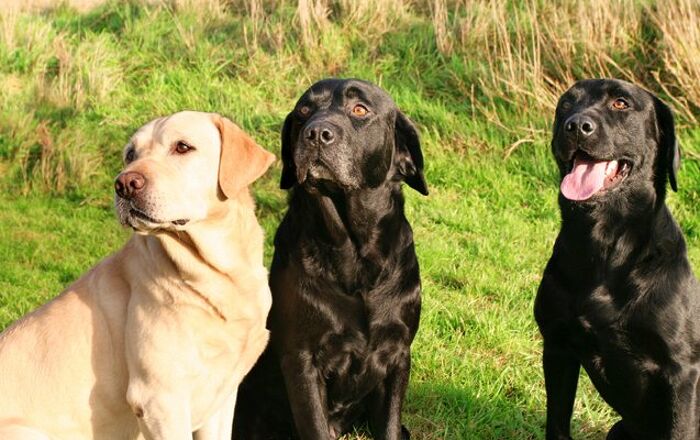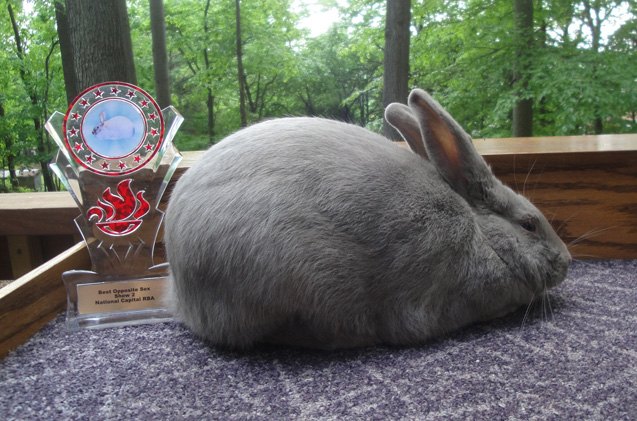
Lilac Rabbit Breed History/Origin
The Lilac rabbit had its start in several places around the world at the same time. Back in the early 1900s, new breeds and colors were popping up everywhere and so, whenever a newly colored rabbit was discovered, it was made a new breed despite not having an unusual body type or fur. The first breeder known to have exhibited Lilac rabbits was H. Onslow of Cambridge, England, in 1913m but lilac-colored rabbits were also being produced the same year by Mabel Illingworth, who crossed Blue Imperials with Havana rabbits. In 1917, C.H. Spruty of Holland crossed Blue Beverens with Havanas to create a similar Lilac rabbit, but slightly larger. This became known as the “Gouda” or “Gowenaar” rabbit. The “Cambridge Blue” was created in 1922 by R.C. Punnet (a Cambridge University professor) by using the same breeds as Spruty.
The first Lilac rabbit imports were received by the U.S. and Canada circa 1926 and there was a great interest in the breed (despite never having achieved the same popularity as other breeds did). In 1940, Lilac rabbits were being shown at the American Rabbit Breeders Association (ARBA), and by 1944, the National Lilac Rabbit Club of America was formed.
The Lilac Rabbit has short fur that is soft to the touch.
Overall Description
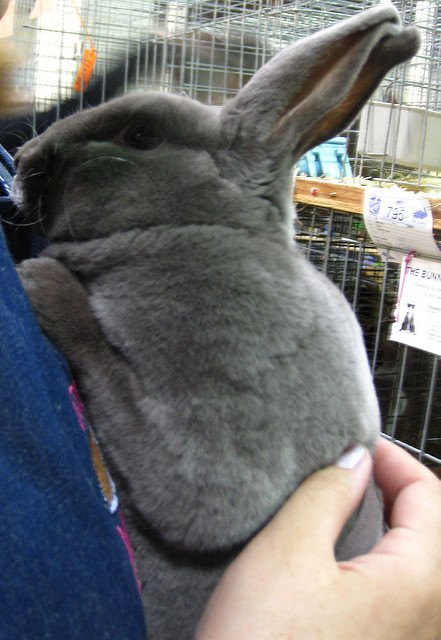
Lilac rabbits have a compact body type and weigh anywhere between 6-8 lbs. It has a short body with a slight rise at the top line, broad haunches, a short head, and ears that are moderately upright and short, measuring between 3.5-4 inches long.
Coat
Lilac rabbits have short fur that is soft to the touch. They do not require much grooming, compared to wooly breeds such as the English Angora. Weekly brushings will keep its coat soft, but you may want to increase this amount to twice a week during molting periods, which usually occur twice a year.
Colors
Like its name, the Lilac rabbit only has one ARBA-approved color – lilac/lavender. Depending on the light, the Lilac rabbit can appear more purple or more gray. ARBA standards calls for an “even pinky shade of dove color” throughout the body and no other markings.
Depending on the light, the Lilac rabbit can appear more purple or more gray.
Care Requirements
As a medium-sized, rabbit, Lilacs require a fairly large enclosure in order to live a lengthy, comfortable life. If it will be living outdoors, its wood enclosure needs to be raised from the ground and have a fenced bottom with a ramp, as it will keep it safe from the elements as well as predators. Indoor enclosures need to have a wire frame on the sides and a plastic bottom where bedding can be placed. Be sure to spot-clean the bedding every day and completely change the bedding every week.
The Lilac rabbit’s diet does not differ from any other rabbit breed – it requires a diet consisting of 70 percent good-quality hay such as orchard hay or timothy hay (alfalfa grass is also good for its overall health). The rest of the diet needs to be a balance of fruits, leafy greens, vegetables, and pellets. Like hay, there are plenty types of pellets available on the market, some with higher protein content than the others. Be aware of what kind of fruits, leafy greens, and vegetables you include in its diet – not all are rabbit-safe. In fact, most leafy greens are unsafe as they can cause digestive issues, especially if you feed your rabbit a large amount of it. Feed your rabbit greens that are high in fiber and nutrients, such as romaine lettuce, and stay away from fruit that’s high in sugar.
Lilac rabbits need to spend some time out of their enclosures if owners wish to have a docile, friendly pet that is accustomed to dealing with humans of any age, as well as dogs and cats. Lilacs enjoy exploring its surroundings whether indoors or out, so always make sure indoor rooms are bunny-safe (no hazards such as exposed wires), and outdoor spaces should be fenced in to prevent running/hopping off and/or keep them safe.
Health

The best way to prevent health problems in your pet rabbit is to ensure it has a diet that is high in hay. For example, if your rabbit develops diarrhea because of a poor diet, its soiled coat can attract flies in the warmer months (especially if it is outdoors). If the rabbit is unable to groom itself properly, the flies can lay eggs in his fur (near the bottom). When those eggs hatch, they will begin to eat your rabbit – this is called flystrike. To avoid flystrike, make sure your rabbit eats a balanced diet and check their fur for any flies that may have landed on soiled fur.
Other potential health problems include overgrown teeth. Your rabbit’s teeth continuously grow throughout its entire life. Hay helps trim your rabbit’s teeth. Overgrown teeth can grow into their mouths and jaws, causing immense pain. This can only be corrected by veterinarian who files down the teeth and prescribes antibiotics for any infection. Owners must also periodically check their Lilac’s ears for any sign of ear mites.
Lilac rabbits need to spend some time out of their enclosures if owners wish to have a docile, friendly pet that is accustomed to dealing with humans.
Temperament/Behavior
Overall, Lilac rabbits are sweet, docile animals that enjoy exploring and being petted by its human family. Lilacs like to sit on your lap and be petted on its ears, head and back. Because of its friendly nature, the Lilac Rabbit does well with younger children who are gentle and understand how fragile rabbits are. This rabbit breed also makes a great companion for singles, couples or seniors.
Lilacs also enjoy having toys that they can play with and chew. The most popular toys with Lilacs include cardboard boxes, plastic baby key rings, toys with bells, and stuffed animals. Your rabbit may also enjoy gnawing on a piece of rabbit-safe wood (this keeps its teeth in check as well), a ball or even an empty roll of toilet paper.
Most rabbits are more difficult to train than a cat or dog, but it is not impossible. Litter training is possible with lots of patience, rewards and a few well-placed litter boxes around the house. Teaching how to make your Lilac rabbit stop, come or perform other common commands and tricks will come with time, plenty of repetition and (of course) treats.
Photo credit: rabbit_mage/Flickr; Clover Field Farm

